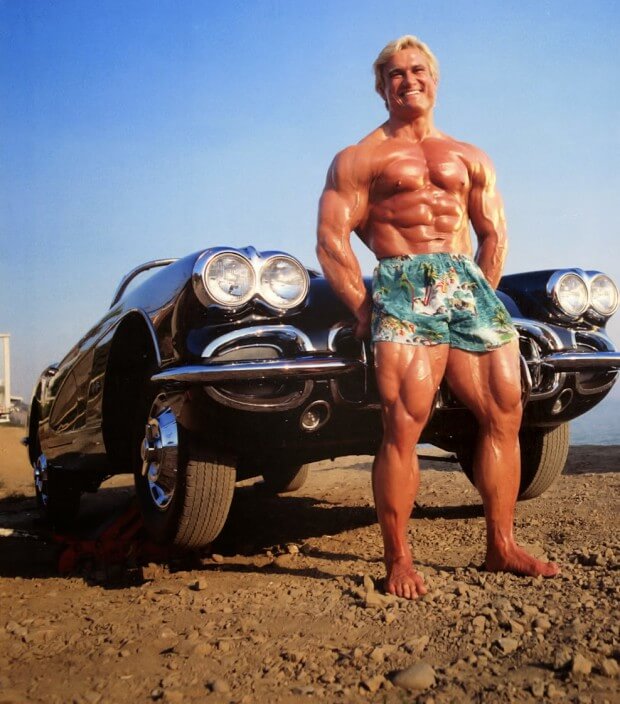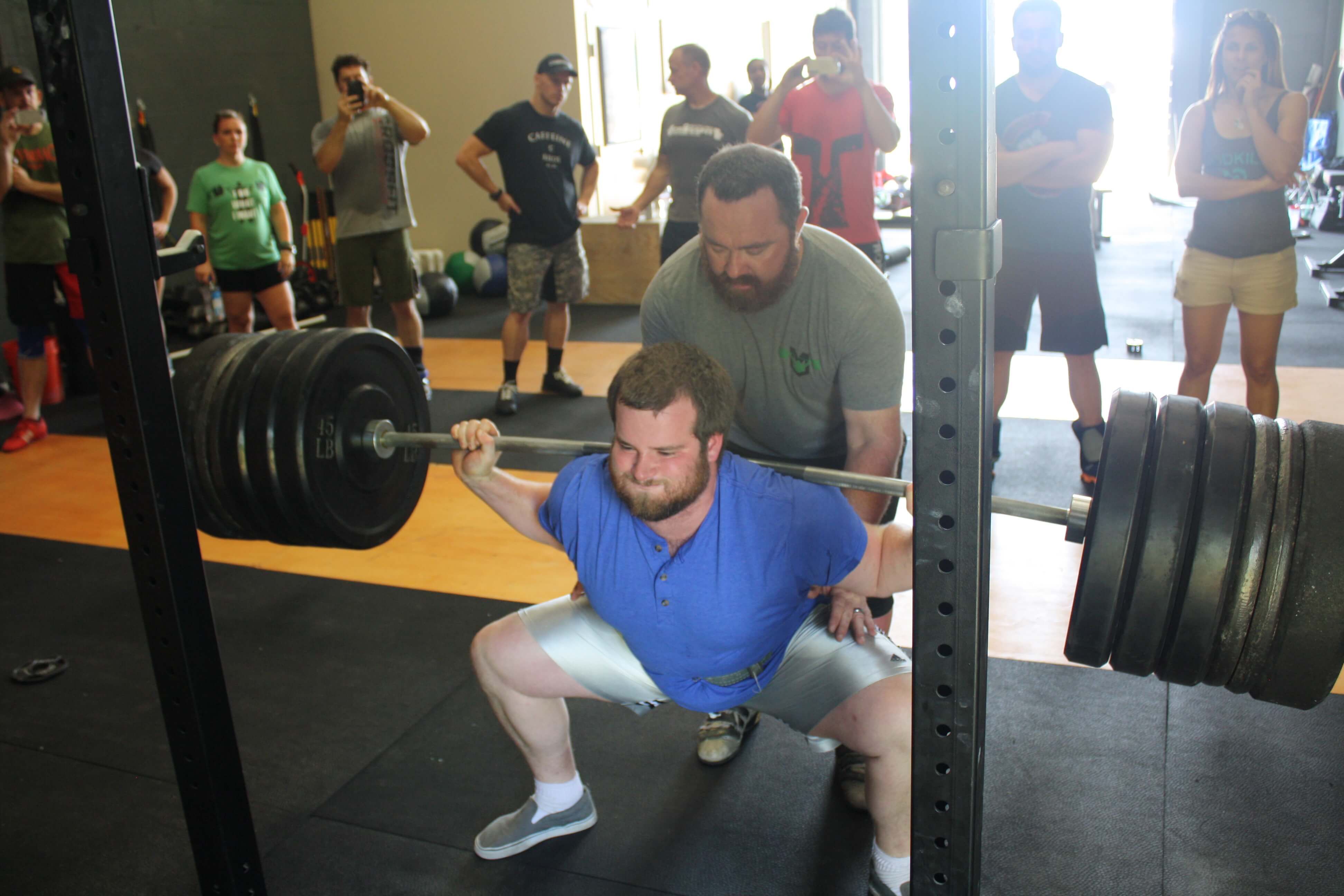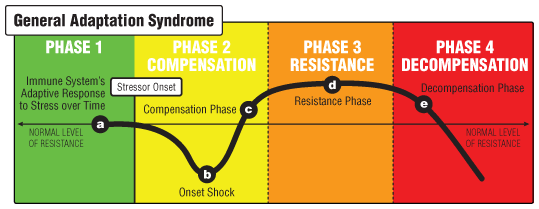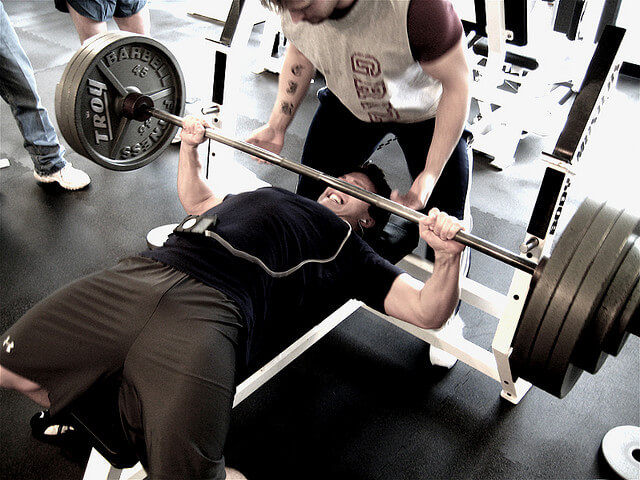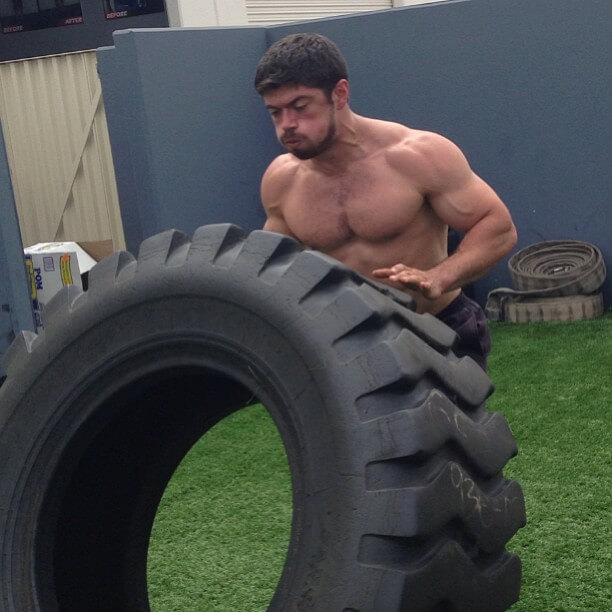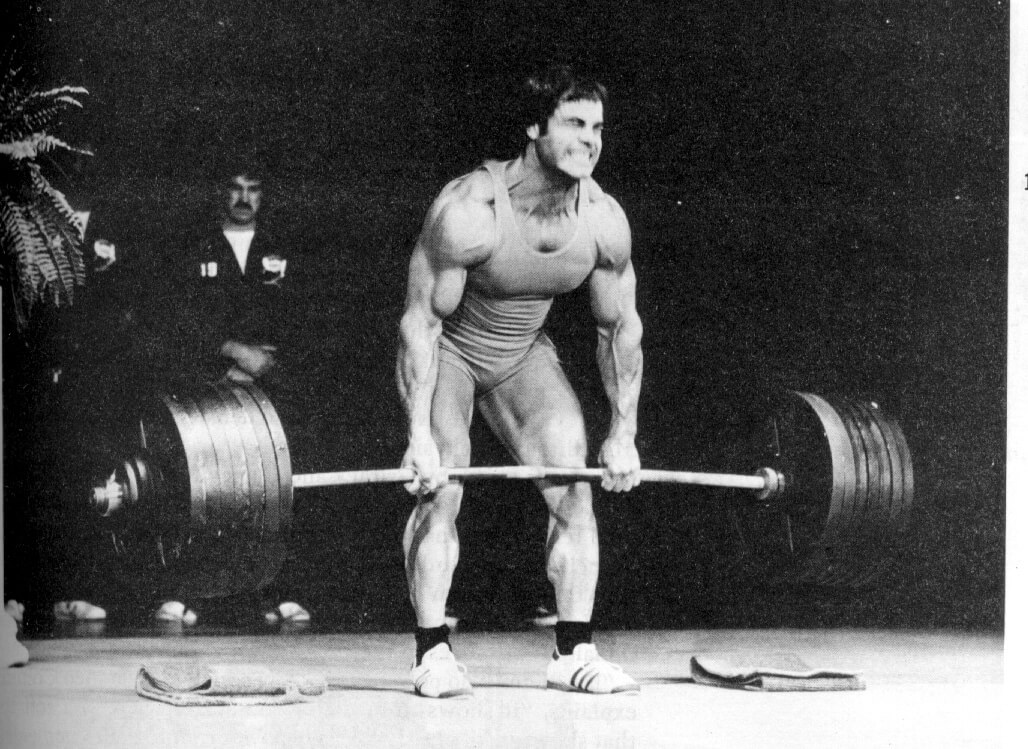
In Defense of Program Hoppers; DUP Revisited
Ever since I wrote my article on Daily Undulating Periodization (DUP) a couple months ago, I’ve had a nagging feeling that something wasn’t quite right, like something was a little bit off. (If you haven’t read the first article, or if you don’t know what DUP is, I’d suggest you check it out first) Physiologically, I’m not sure the rationale behind DUP totally makes sense of the situation. Not that it is entirely nonsensical, but


